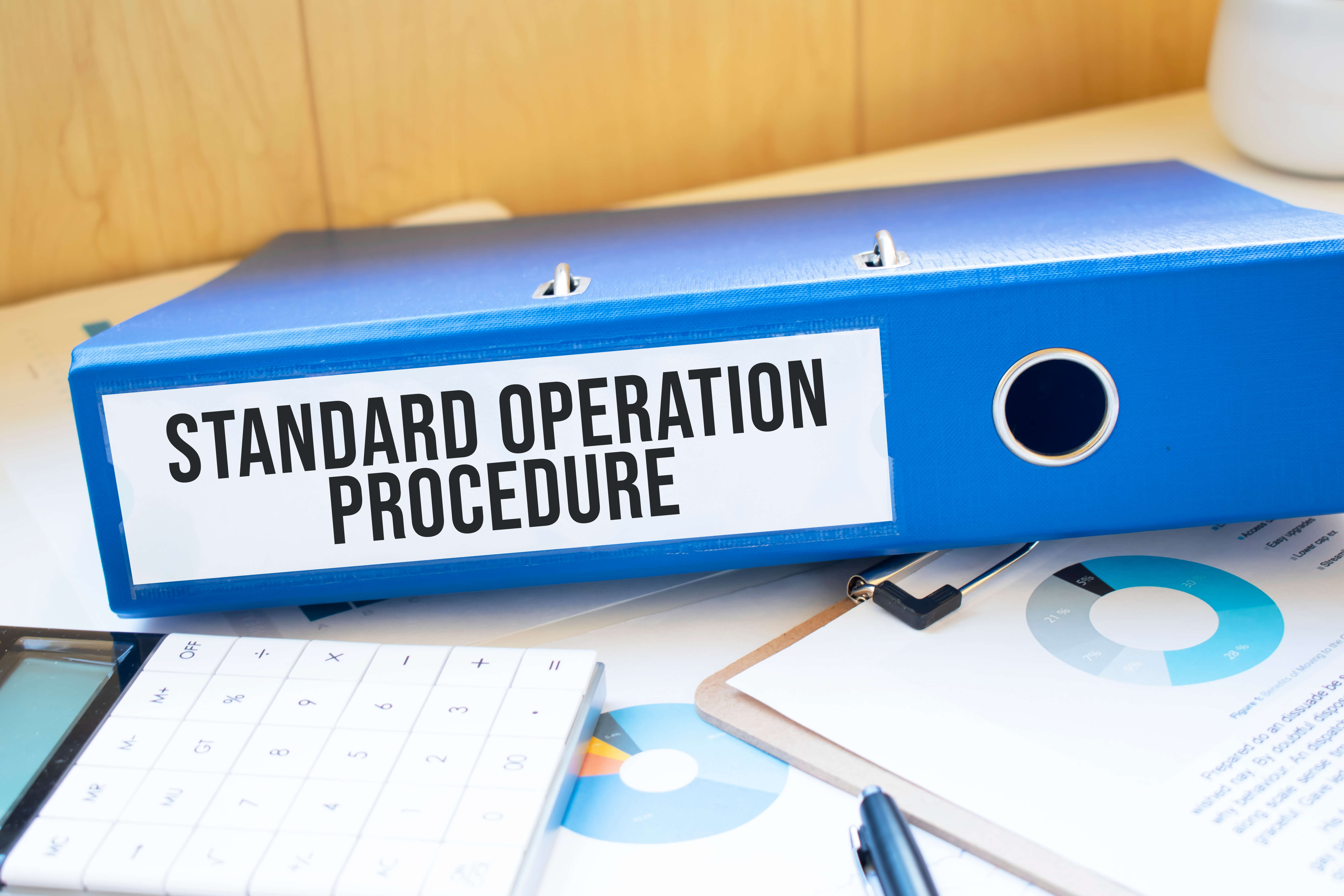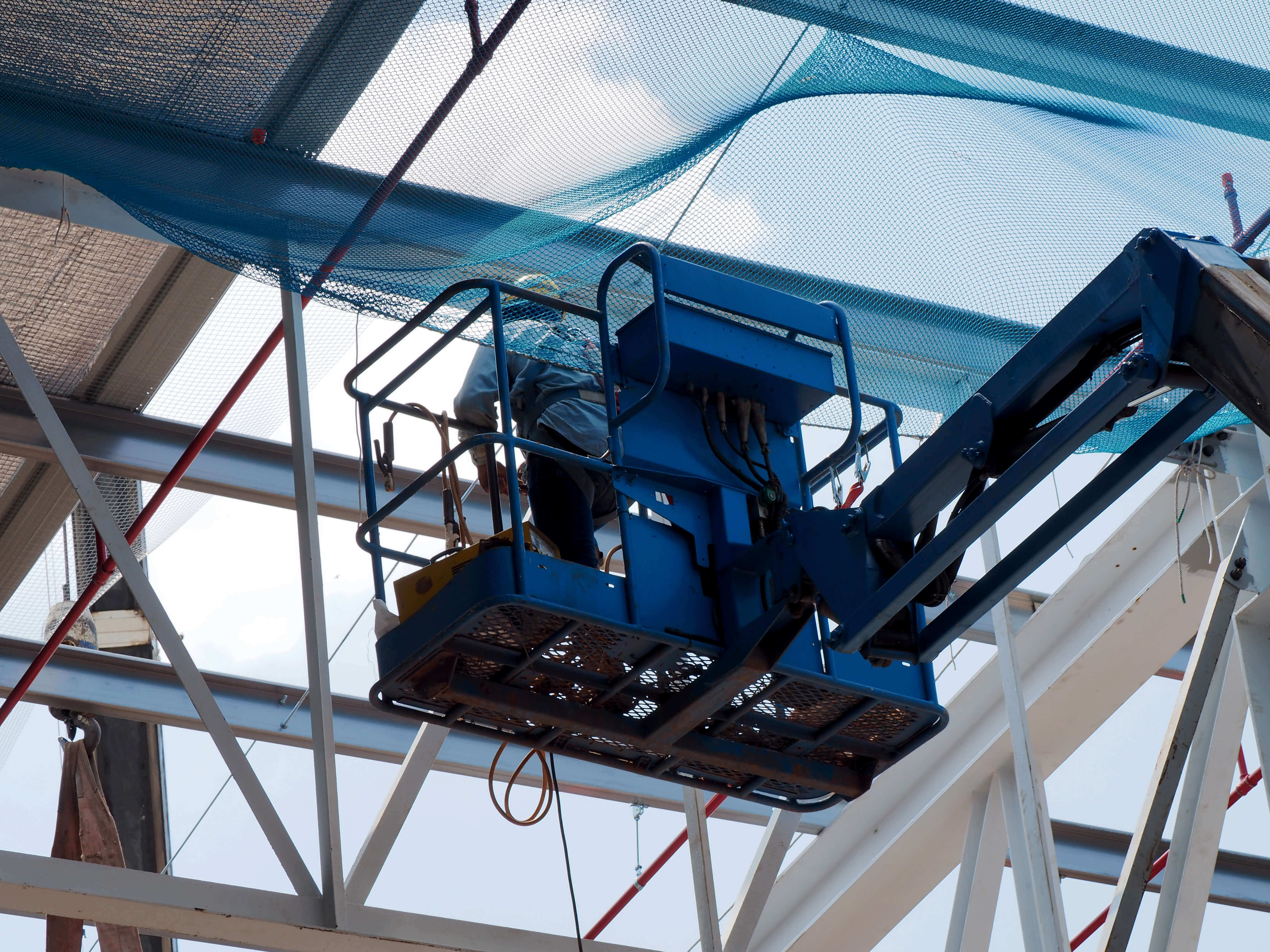If you work with hazardous substances, or in extreme temperatures, you’ve probably heard the term PPE. Here’s what it is, and how (and when) you should use it.
What is Personal Protective Equipment?
It’s equipment or can be clothing to protect your employees from health & safety risks at work, commonly known as PPE. It can include:
- Helmets or other head protection.
- Gloves or gauntlets.
- Eye protection such as goggles, visors or full shields.
- High-vis, fire-resistant, thermal, anti-stab or cut such as Kevlar, body armour or clothing.
- Safety boots, clogs, wellingtons
- Harnesses and lanyards or other fall arrest systems or devices.
But what is Personal Protective Equipment used for? PPE is for protection against hazards. More specifically, you’ll provide it to your employees for protection from:
- Contaminated or insufficient air or environment.
- Materials falling on your head, feet or body.
- Small flying particles, projectiles, or hazardous chemical liquids splashing into your eyes.
- Protection against contaminants coming in to contact with your skin, penetration or amputation.
- Extreme temperatures hot or cold.
When to use different types of Personal Protective Equipment
The type of PPE you use is dependent on the risk your employees face.
Each hazard presents challenges, so it’s important you understand which part of each issue will affect and how. The main dangers are to the:
- Eyes: Chemical or liquid metal splashes, dust, gas, vapour, radiation and projectiles.
- Head and neck: Impact from falling objects, bumping head, hair tangled in machinery, chemical drips, and splashes.
- Ears: Primarily noise: sound levels and length of exposure.
- Hands and arms: Cuts, punctures, impact, electric shock, vibration, radiation, chemical exposure, extreme temperatures, and abrasion.
- Feet and legs: Cuts, punctures, chemical exposure, vehicles, falling objects, slipping, electrostatic build-up, extreme temperatures, and wet conditions.
- Lungs: Inhaling dust, gases, and vapours. Oxygen-deficient atmospheres.
- Whole-body: Impact, penetration, the entanglement of clothing, extreme temperatures, chemical or liquid metal splashes, spray from pressure leaks or spray guns, contaminated dust.
Types of personal protective equipment
So, now you know where you should use PPE but you must use PPE as the last resort where the risk is unable to be adequately controlled.
Here’s a personal protective equipment list categorised by the part of the body you want to protect:
Eyes
- Face shields and riot shields.
- Face screens.
Head & neck
- Safety helmets or hard hats.
- Bump caps.
- Fire-resistant balaclavas.
Ears
- Earplugs rigid or disposable.
- Semi-insert/canal caps.
Hands & arms
- Gauntlet
- Long sleeves.
Feet & legs (industry-specific)
- Safety boots or shoes.
- Wellington boots.
- Clogs or overshoe protectors.
- Chaps or Kevlar trousers
- Leather aprons for foundry use
Lungs
- Half/full masks.
- Fresh-air hose.
- Self-contained breathing apparatus.
Whole-body
- Boiler suits.
- Chemical suits.
While there are numerous personal protective equipment examples, you should conduct a risk assessment to find the exact equipment specifications for the role.
Conducting a Personal Protective Equipment risk assessment
The first step in identifying whether you need to provide employees with PPE is to try to manage out those risks if this is not possible then consider the use of PPE.
Follow these five steps:
- Identify the hazard (any of those listed above).
- Decide which of your employees face harm and how.
- Evaluate the risk and any precautions you could take to limit it.
- Keep a record of all of your findings.
- Review the assessment regularly and update it with any new findings.
Once the risk assessment is complete, where necessary communicate to staff whether there is a mandatory policy required where relevant PPE must be worn.
Remember, PPE should be a last resort and you must not rely on it alone to protect your workers from hazards. Take other precautions to guarantee the safety of your staff.
Personal protective equipment against cross-contamination
Those working in the medical profession will wear PPE to protect themselves and others from potentially infectious materials. However, equipment alone can’t completely eliminate exposure.
Also, you should provide regular training for all staff. The first instance of this training should occur prior to the use of PPE and whenever there are changes to the types of equipment employee use.
Personal protective equipment at work regulations
The two laws relating to the use of PPE are:
These cover a lot of ground, but the main points are as follows:
- Ensure you properly assess all PPE before use to ensure fit for purpose.
- Maintain, store, and dispose of it properly.
- Provide all staff with clear instructions on how to use each piece of equipment.
- Ensure your employees are using the equipment correctly for example face fit testing.
There are other regulations that provide guidance on certain hazardous substances (such as asbestos or COSHH).
Frequently Asked Questions
Is a face covering the same as PPE?
No the HSE confirmed that face coverings are not classed as PPE for the following reasons:
- There are no specific British Standards that apply or any manufacturing standards
- They do not protect against work related COSHH risks such as fume, or dust or spray
PPE in health & safety hierarchy is to be used as a last resort. Other measures should be in place to control the risk more effectively and these are:
- Social distancing for smaller premises
- Reduce numbers onsite or change work patterns
- Adopt excellent hand hygiene protocols
- Increase cleaning and washing down of high contact surfaces
- Ensure shift workers and teams remain together (bubble principle)
- Use Perspex screens or physical barriers to separate staff and visitors
Face coverings need to be worn correctly. This means covering the nose and mouth, as they are the main modes of transmission of the COVID-19.
Should I use face shields or visors instead of face masks?
Face shields or visors should not be used instead of a face covering. This is because they don’t adequately protect the nose and mouth. However, if worn in addition to a face mask this will further reduce the risk of transmission by absorption through the eye.
For full details, including exemptions and how to make your own face mask, please see the government link below:
Do we have to provide PPE to first aiders?
If there are simple, inexpensive steps an employer can take to keep their employees safe, they should take them. Providing PPE for use by first aiders seems a “reasonably practicable” action at the current time.
The issue of first aid coverage during the Covid-19 pandemic raises a number of issues. Perhaps the most prevalent is the concern about being exposed to the virus.
For the employer this matter raises a number of risks, including:
- Your first aiders refusing to provide assistance, resulting in the injured party coming to increased harm
- Liability if a first-aid trained member of staff contracts COVID-19 after assisting a person with symptoms or who is asymptomatic.
The purpose of first aid is to preserve life and prevent a worsening of the condition. In the current pandemic, the Health and Safety Executive (HSE) guidance states that first aiders should “try to assist at a safe distance from the casualty as much as you can and minimise the time you share a breathing zone” and that if they are capable, tell the injured/ill party to “do things for you”.
However, the HSE also states that “treating the casualty properly should be your first concern”.
Employers should think carefully about the risks in their workplace and whether, if a first aider is exposed to Covid-19 and PPE was not provided, they could argue that they did everything “reasonably practicable” to control the risks. If it’s decided not to provide PPE for first aiders, especially if it has been requested, a written record should be kept of the factors taken into account in making the decision.
Does a CE marking mean PPE is genuine?
The short answer is: not necessarily. There is an insatiable demand for PPE throughout the world presently. As a result, there will be an element of misdescribed and substandard PPE in the supply chain. Be vigilant, as this could have devasting consequences for the users.
In practice, caveat emptor — let the buyer beware — applies to sourcing PPE where CE approval is applicable. Where possible, only ever go to trusted suppliers who have their own verification processes in place with manufacturers. The supplier also needs to understand your specific product requirements to avoid wrong, but fully tested, PPE being procured.
PPE that doesn’t meet CE standards could still — quite improperly — be displaying the logo. More often, other statements or logos that might be confused with CE marking could be used by the manufacturer.
CE means "Conformité Européenne." The mark shows conformity with various Directives of the European Community (EC) that specifically relate to product standards and safety. An image of a genuine CE mark can be found on the EC website.
There is nothing to prevent a manufacturer just using the letters C and E without necessarily infringing the EC’s legal rights, which is why knowing what a real CE mark should look like is important. Sometimes other words like “China Export” or other phrases may be added near to the C and E letters. They are meaningless in terms of any CE standards having been met.
Always check apparent CE markings and you could ask the manufacturer for a certificate of conformity. A real CE mark may show a four-digit identification number of the Notified Body concerned with the CE approval process.
Get Expert Advice
Struggle to keep tabs on the latest updates to health & safety regulations? Speak to a Croner health & safety consultant today and find out how you can keep ahead of the curve and access 24/7 advice from health & safety experts.
Call now on 0800 141 3905.
Related resources
Categories
- Business Advice
- Contracts & Documentation
- Culture & Performance
- Disciplinary & Grievances
- Dismissals & Conduct
- Employee Conduct
- Employment Law
- End of Contract
- Equality & Discrimination
- Health & Safety
- Hiring & Managing
- Leave & Absence
- Managing Health & Safety
- Moving
- Occupational Health
- Pay & Benefits
- Recruitment
- Risk & Welfare



